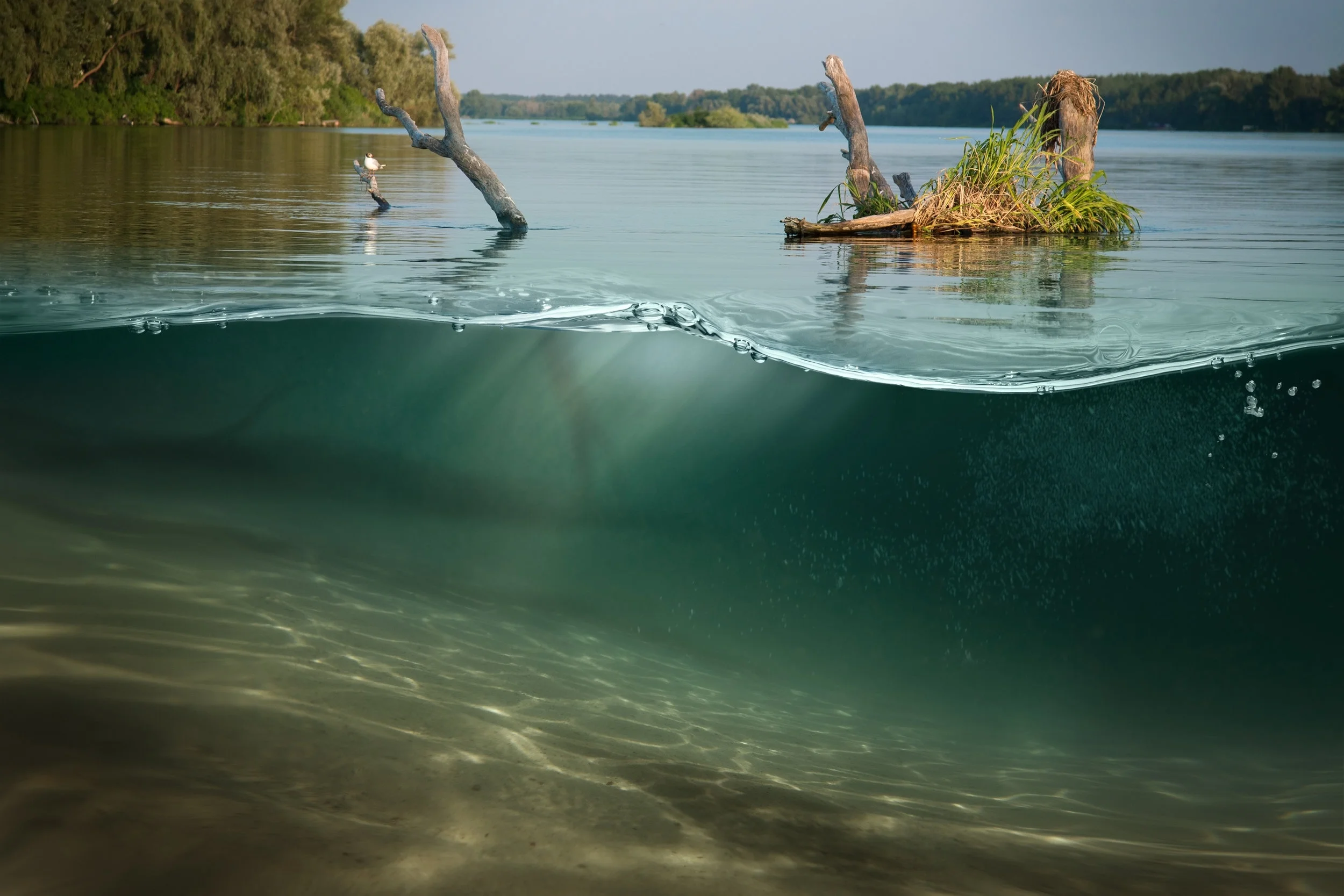SediMite™ is the low-impact method for delivering activated carbon to contaminated sediment for in-situ remediation. SediMite™ pellets are comprised of 50% powdered activated carbon by weight, allowing for a high dose of activated carbon to contaminated sediment with relatively little bulk material or effort.
Activated carbon delivered via SediMite™ can effectively bind persistent, hydrophobic sediment pollutants such as PCBs, PAHs, dioxins, furans, mercury, and methylmercury. Once adsorbed to activated carbon in sediment, these bioaccumulative pollutants are effectively removed from the bioavailable fraction of sediment, reducing the toxicity, bioaccumulation, and associated ecological risk.
SediMite™ is applied at the water surface. The pellets rapidly sink to the contaminated sediments, forming a thin, non-suffocating layer. SediMite™ pellets can be formulated to break down over a period of a week to several months, depending on the site characteristics and project requirements, releasing activated carbon for incorporation into the biologically active zone while minimizing loss to the water column.
Over time, the activated carbon delivered via SediMite™ becomes incorporated into the sediment bioactive zone, adsorbing and sequestering hydrophobic organic chemicals and blocking their toxiciological effects and bioaccumulative potential.







